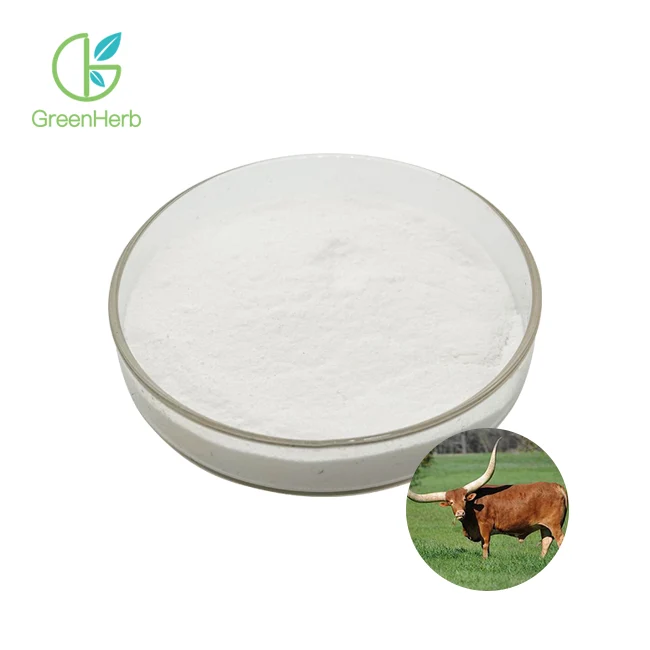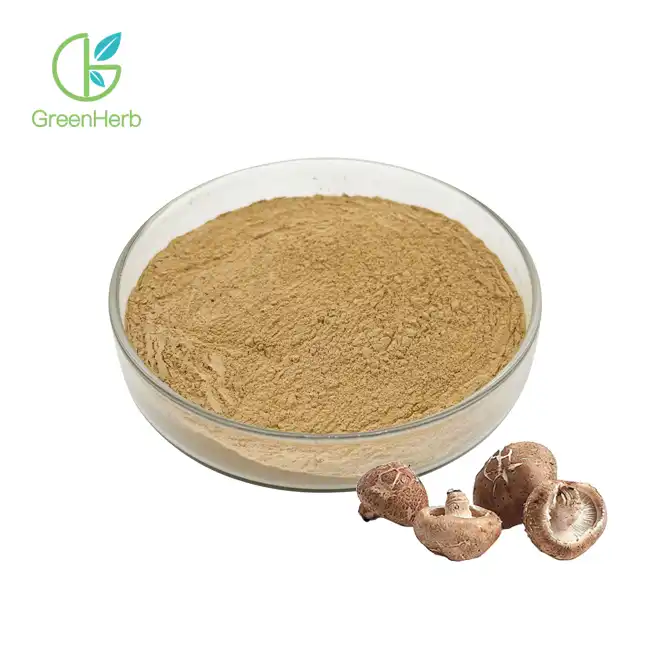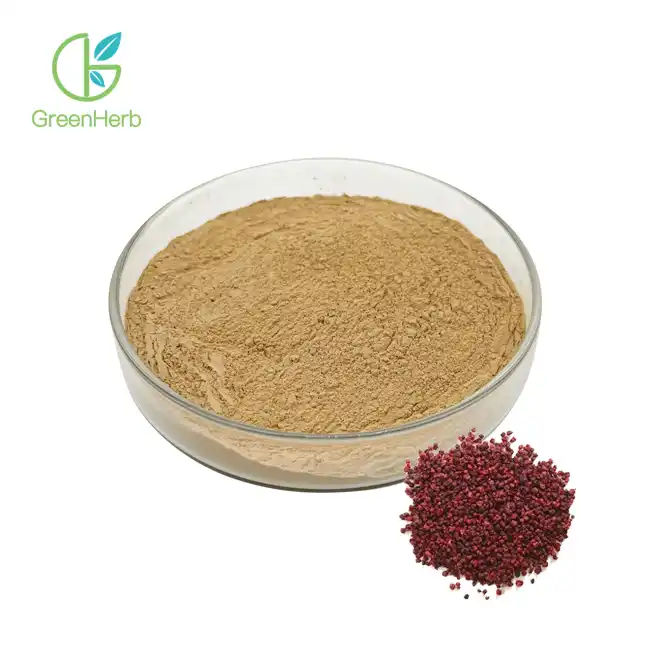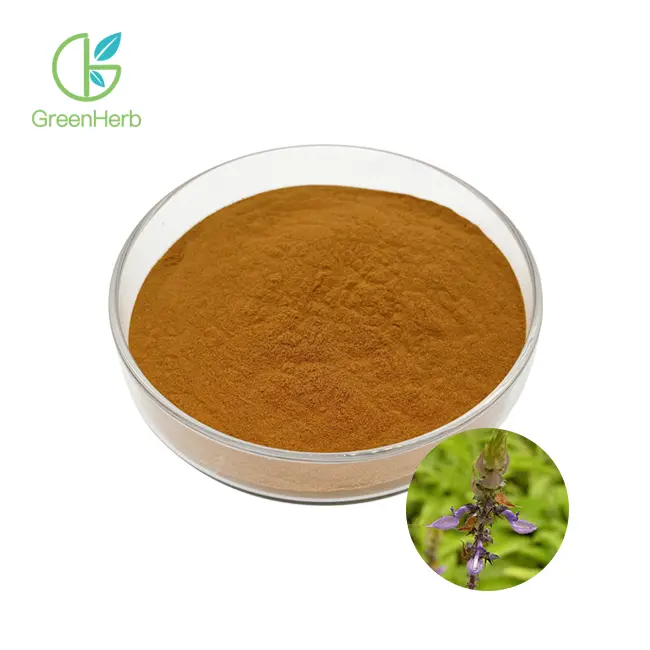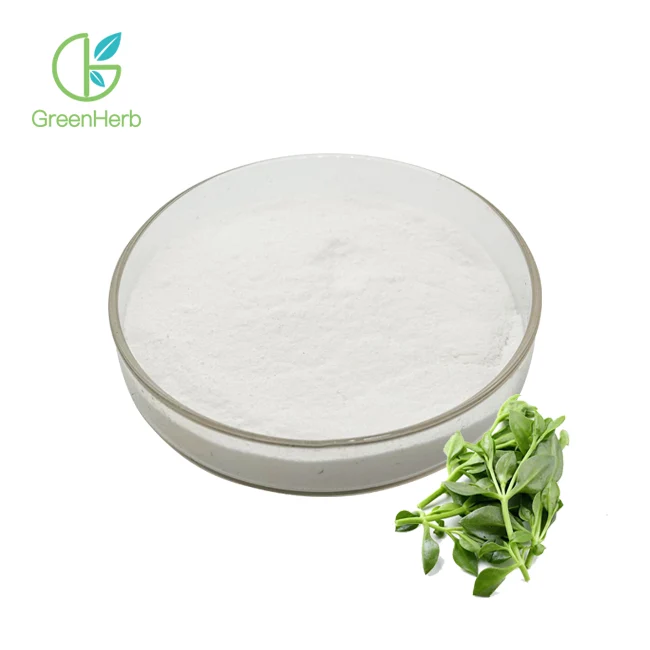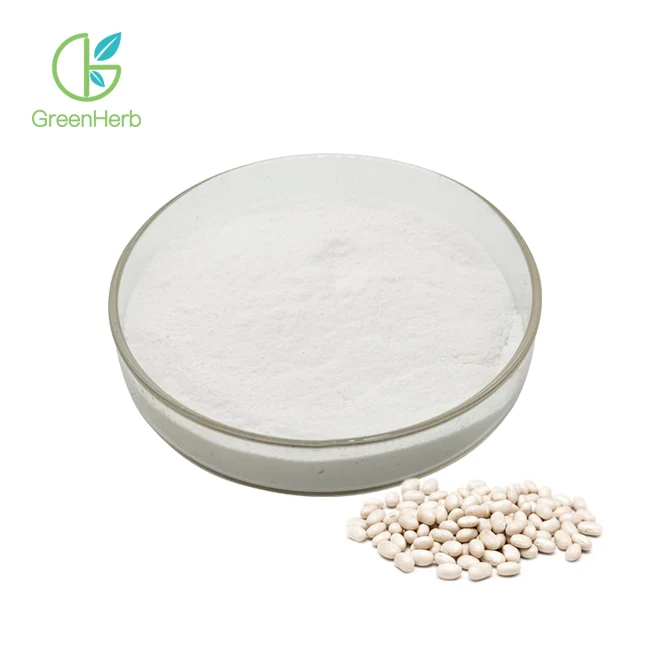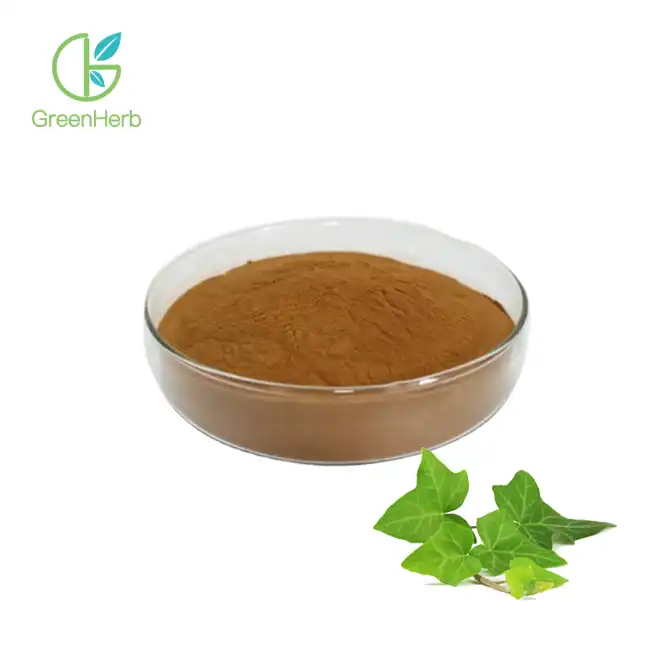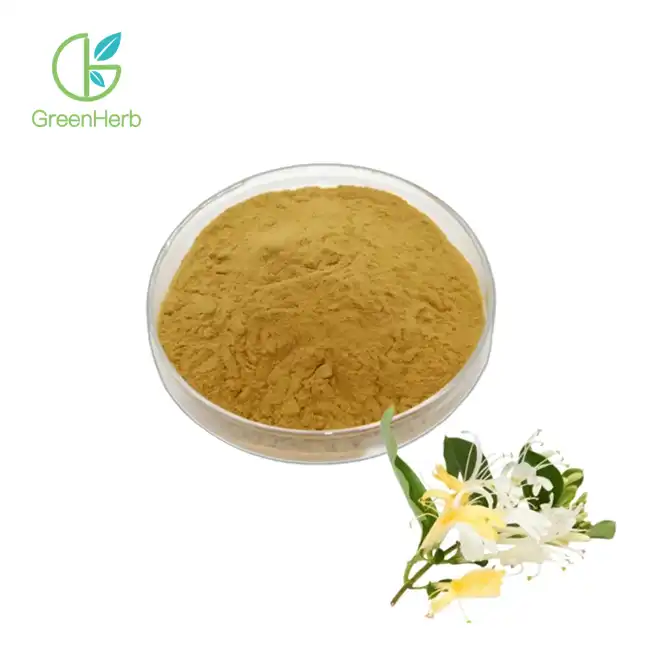- English
- French
- German
- Portuguese
- Spanish
- Russian
- Japanese
- Korean
- Arabic
- Greek
- German
- Turkish
- Italian
- Danish
- Romanian
- Indonesian
- Czech
- Afrikaans
- Swedish
- Polish
- Basque
- Catalan
- Esperanto
- Hindi
- Lao
- Albanian
- Amharic
- Armenian
- Azerbaijani
- Belarusian
- Bengali
- Bosnian
- Bulgarian
- Cebuano
- Chichewa
- Corsican
- Croatian
- Dutch
- Estonian
- Filipino
- Finnish
- Frisian
- Galician
- Georgian
- Gujarati
- Haitian
- Hausa
- Hawaiian
- Hebrew
- Hmong
- Hungarian
- Icelandic
- Igbo
- Javanese
- Kannada
- Kazakh
- Khmer
- Kurdish
- Kyrgyz
- Latin
- Latvian
- Lithuanian
- Luxembou..
- Macedonian
- Malagasy
- Malay
- Malayalam
- Maltese
- Maori
- Marathi
- Mongolian
- Burmese
- Nepali
- Norwegian
- Pashto
- Persian
- Punjabi
- Serbian
- Sesotho
- Sinhala
- Slovak
- Slovenian
- Somali
- Samoan
- Scots Gaelic
- Shona
- Sindhi
- Sundanese
- Swahili
- Tajik
- Tamil
- Telugu
- Thai
- Ukrainian
- Urdu
- Uzbek
- Vietnamese
- Welsh
- Xhosa
- Yiddish
- Yoruba
- Zulu
Can Devil's Claw Root Extract be used for arthritis and joint pain?
Introduction to Devil's Claw Root Extract for Arthritis and Joint Pain

As somebody who has experienced the inconvenience of joint pain and joint torment, I get it the journey for help. In my search for natural remedies, I stumbled upon Devil's Claw Root Extract. Intrigued by its purported benefits, I delved into research to uncover the truth behind its efficacy. In this article, I aim to explore the question: Can it truly alleviate arthritis and joint pain?
The extract, derived from the Devil's Claw plant (Harpagophytum procumbens), has a long history of traditional use in indigenous African medicine for its medicinal properties.In later a long time, it has gathered intrigued as a normal supplement for overseeing joint pain and joint torment, much appreciated to its anti-inflammatory and pain relieving impacts.
Anti-inflammatory Properties: It contains compounds known as harpagosides, which exhibit anti-inflammatory effects. These mixtures assist with decreasing irritation in the joints, which is an essential driver of torment and solidness in joint inflammation.
Pain relieving Impacts: Notwithstanding its mitigating properties, Fiend's Hook Root Concentrate may likewise have pain relieving (torment easing) properties. By modulating pain perception, it can help alleviate the discomfort associated with arthritis and joint pain.
Does Devil's Claw Help Arthritis?
Joint pain, a condition described by irritation in the joints, can fundamentally disable one's personal satisfaction. Conventional pain relievers frequently accompany undesirable aftereffects, inciting numerous to look for elective arrangements. Fiend's hook root extricate has arisen as a well known decision among those looking for normal solutions for joint inflammation.
Gotten from the dried underlying foundations of the Harpogophytum procumbens plant local to southern Africa, demon's hook has a long history of restorative use. Conventional healers have recommended it for different sicknesses, including joint pain, inferable from its mitigating properties. Research recommends that villain's paw contains iridoid glucosides, especially harpagoside, which have strong mitigating impacts.
Studies have investigated the efficacy of devil's claw in managing arthritis symptoms. One study published in the journal Phytomedicine found that devil's claw extract provided significant pain relief and improved physical function in individuals with osteoarthritis of the hip or knee. Another study published in the Journal of Rheumatology reported similar findings, highlighting the potential of devil's claw as a natural remedy for arthritis.
Furthermore, devil's claw has been approved for the symptomatic relief of painful joint disorders by health authorities in France. The European Scientific Cooperative on Phytotherapy (ESCOP) has also endorsed its use in treating painful arthritis and tendonitis. These endorsements underscore the growing recognition of devil's claw as a viable option for arthritis management.

How Do You Use Devil's Claw for Pain?
One of the key questions surrounding devil's claw is how to incorporate it into your wellness routine effectively. Devil's claw root extract is commonly available in supplement form, including capsules, tablets, and liquid extracts. When choosing a supplement, it's essential to opt for products that contain a standardized amount of harpagoside, the active compound responsible for its therapeutic effects.
The recommended dosage of devil's claw extract varies depending on the severity of symptoms and individual response. It is advisable to start with a lower dose and gradually increase it while monitoring its effects on pain relief. However, it's crucial to consult with a healthcare professional before starting any new supplement regimen, especially if you're taking medications or have underlying health conditions.
In addition to oral supplementation, devil's claw can also be consumed as a tea infusion. Simply steep dried devil's claw root in hot water for several minutes to extract its beneficial compounds. Drinking devil's claw tea regularly may complement other forms of treatment for arthritis and joint pain.
Can Devil's Claw Be Used Topically?
While most discussions revolve around oral supplementation, some individuals may wonder about the possibility of using devil's claw topically. Limited research exists on the topical application of devil's claw for pain relief, but anecdotal evidence suggests that it may offer localized benefits.
Topical preparations containing devil's claw extract are available, typically in the form of creams or gels. These products are applied directly to the affected area, allowing for targeted relief of joint pain and inflammation. However, more studies are needed to determine the efficacy of topical devil's claw formulations and their optimal use in pain management.
In conclusion, Devil's Claw Root Extract shows promise as a natural remedy for arthritis and joint pain. Its anti-inflammatory properties, supported by scientific research and historical use, make it a compelling option for those seeking alternatives to traditional painkillers. Whether consumed orally or used topically, devil's claw offers a holistic approach to managing arthritis symptoms. As with any supplement or treatment, it's essential to consult with a healthcare professional to ensure safe and effective use.

Contact us
Are you seeking a professional manufacturing partner ? Look no further! We are a trusted supplier with a GMP-certified factory, extensive inventory, and comprehensive certifications. Our services include OEM support, fast delivery, meticulous packaging, and testing support. Let's collaborate to bring your projects to life! Contact us at sales@greenherbbt.com.
References
- Gagnier, Joel J., et al. "Devil's claw (Harpagophytum procumbens) as a treatment for osteoarthritis: a review and meta-analysis of randomized placebo-controlled trials." Phytotherapy Research 21.12 (2007): 1221-1228.
- Chrubasik, Sigrun, et al. "A comprehensive review on the stinging nettle effect and efficacy profiles. Part II: urticae radix." Phytomedicine 17.11 (2010): 785-796.
- ESCOP Monographs. "Harpagophyti radix." (2003): 169-178.
